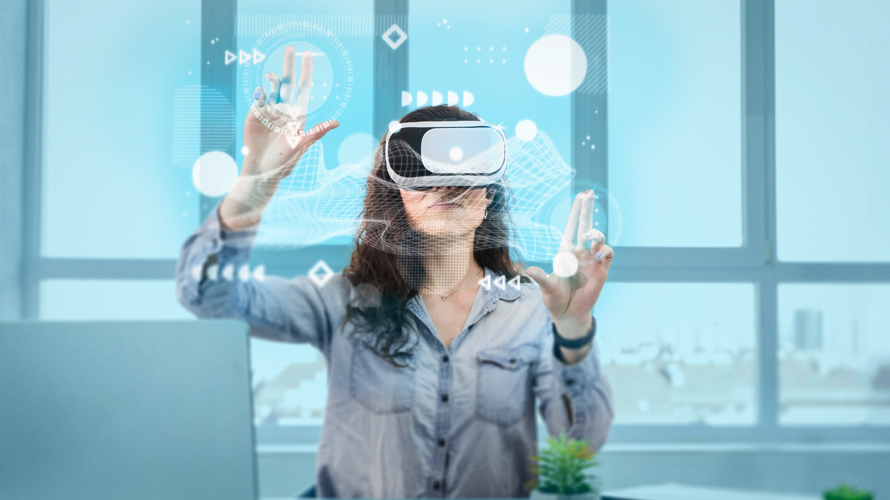India is on the cusp of a technological revolution, and one of the most exciting frontiers is Extended Reality (XR). Encompassing Augmented Reality (AR), Virtual Reality (VR), and Mixed Reality (MR), XR has the potential to transform numerous sectors, from education and healthcare to manufacturing and entertainment. This blog post provides a comprehensive overview of the rise of XR in India, exploring its current state, driving forces, applications, and future prospects. As demand for Extended Reality (XR) Services in Kochi, Kerala, India, continues to soar, the nation stands at the forefront of pioneering XR innovations, poised to redefine immersive experiences across industries.
Understanding XR: A World beyond Screens
XR technologies blur the lines between the physical and digital worlds. AR overlays digital information into the real world, while VR creates fully immersive simulated environments. MR merges the two, allowing real and virtual objects to interact. These technologies offer a new way to perceive and interact with information, opening doors to innovative experiences.
The Indian XR Landscape: Poised for Takeoff
India’s XR market is witnessing significant growth, driven by factors like:
Increasing Smartphone penetration: With a vast and growing Smartphone user base, India provides a fertile ground for AR applications.
Government initiatives: The Indian government recognizes the potential of XR and is actively promoting its development through initiatives like Digital India.
Affordable hardware: The decreasing cost of VR headsets and AR glasses is making XR technology more accessible.
Skilled workforce: India boasts a large pool of tech talent, creating a strong foundation for XR development.
XR is making waves across various industries in India:
Education: Imagine learning about historical events through immersive VR simulations or dissecting virtual frogs in biology class. XR is revolutionizing education by making learning interactive and engaging.
Healthcare: Doctors can now perform complex surgeries using VR simulations, and patients can undergo phobia therapy in controlled virtual environments.
Manufacturing: XR allows for remote training of workers, virtual prototyping of products, and enhanced maintenance procedures.
Retail: Customers can virtually try on clothes or furniture before buying, transforming the retail experience.
Despite its potential, the Indian XR ecosystem faces challenges:
Limited access to high-end hardware: High-powered VR headsets remain expensive for many users.
Lack of standardized content: The creation of high-quality XR content is crucial for wider adoption.
Privacy and security concerns: Data privacy needs to be addressed to ensure user trust in XR experiences.
However, the future of XR in India is bright. As these challenges are addressed, we can expect to see:
- Development of affordable and accessible XR hardware.
- Investment in creating compelling and localized XR content.
- Collaboration between government, industry, and academia to foster innovation
The rise of XR in India presents a unique opportunity for economic growth, social development, and groundbreaking innovation. By embracing this technology and overcoming the challenges, India can position itself as a global leader in the XR revolution. As XR Integration Services in Kochi, Kerala, India continues to evolve, one thing is certain: the way we live, learn, and work is about to be irrevocably transformed.
